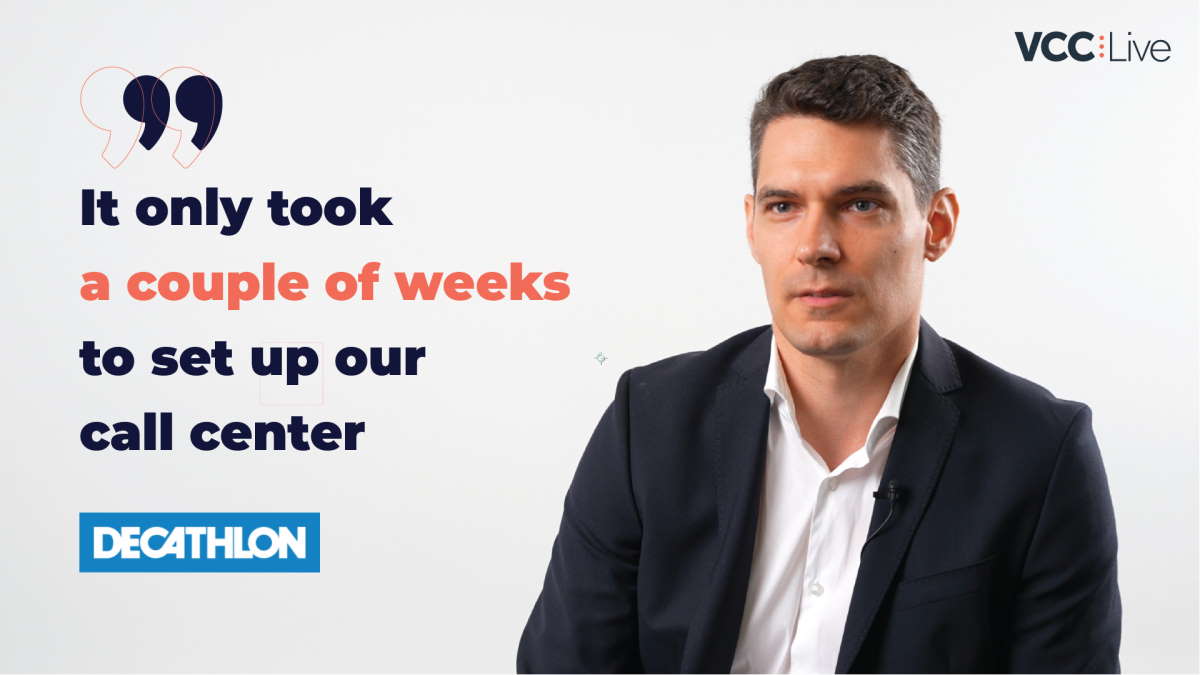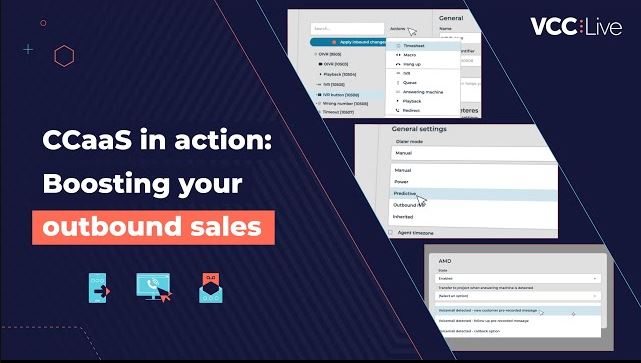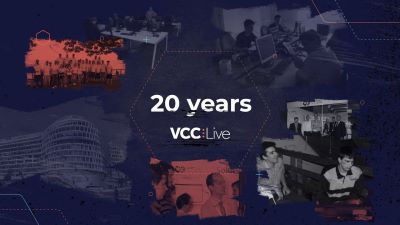Remote work is increasingly becoming a norm, as businesses are recognizing its benefits in terms of corporate spending, employee wellbeing, and productivity. According to a recent estimate done by Global Workplace Analytics, businesses save around $11,000 annually per remote working employee. Businesses save both on not having to maintain office space and also from the statistically proven, increased productivity of a remote workforce.
Additionally, having a remote infrastructure is a good tactical plan in recent times of uncertainty, such as mobility restrictions.
While we have previously written about the technical details of setting up a remote work infrastructure, keeping employee management in mind is just as important when setting up and managing a remote workforce.
Managing your team involves a lot of planning and active decision making. In the case of a remote workforce, this task might seem particularly difficult. However, with the right planning and infrastructure, you’ll be able to harvest the benefits of a remote work infrastructure, in terms of cost savings, employee wellbeing, as well as business continuity.
Have clear goals and metrics in place
In order to motivate your employees, it is essential for them to have feelings of achievement and success in their everyday tasks. Set up a framework of clear goals and metrics for your team to align to. This will not only help your employees have a sense of accomplishment, but it will also help you monitor the challenges and successes of your operations on a regular basis. Remember to communicate to your employees whenever you modify your goals and targets, so they can also keep in line with the long term aims of the company.
With the right technology, you can easily do this remotely and even follow your operations real-time, wherever you or your team might be working from. The KPI’s dashboard of cloud-based contact centers provides easily understandable, real-time numbers. The dashboard statistics include quantifiable oversight, such as disposition, global and project-specific calls, and inbound statistics. Establish daily and weekly goals for your team, using these numbers.
Training and feedback
According to a recent study, 40 percent of employees who receive poor training during their job end up leaving their workplace. Avoid turnover and aim for long-term, quality staff by offering the right mentorship.
Offering proper training and development to your employees is essential for the recognition of the value that they bring to the company, regardless of whether they are remote or not. You can do this by providing online mentorship programs, enlisting them in webinars, or in online courses related to your industry.
You can also involve your existing employees in the training process. Team the best performing team members with those who are new to the company and still need to learn and let them participate in short training sessions. This can easily be done via virtual Zoom meetings. The best knowledge is learned through experience, so use the asset of your employee knowledge base.
Let employees control their own schedules
Once you’ve gone remote, you can start thinking about letting your employees figure out their own schedules. As Dustin Grosse, COO of ClearSlide advises on the time management of remote employees: “Rather than micromanaging when they’re getting the work done, focus on what they’re consistently achieving.” In terms of contact centers with international partners, this could be as simple as letting your agents choose the timezones that they prefer to work in.
While it might sound radical, alternative schedules should not be a problem as long as you are meeting your metrics, goals, and your employees are on a continued growth trajectory. Letting your employees manage their own time will allow them to fully focus on their daily tasks, achieving their set goals for that day without any distractions.
Build a community
Perhaps one of the hardest challenges facing remote workers is the lack of social contact with their colleagues. Office culture can be a huge contributor to comfortable work environments and it is essential for a lot of employees in maintaining their mental health. Social contact could be as simple as having a coffee break or a short chat with a colleague.
Besides online training and mentorship, create spaces for your employees, where they can have the opportunity to socialize and blow off some steam. This will also help in creating a remote company culture that is essential in making your employees excited about working for you and representing your brand.
Create lunch or coffee break video chat rooms. You can easily do this, with digital video hangouts. Alternatively, most online team collaboration tools, such as Slack also have these features readily available. You can also implement regular social events, such as Zoom birthday parties.
As more and more businesses are realizing that office work is a thing of the past, it is vital to be able to stay on top of this trend both technologically and in terms of staff management. Remember to keep your employees motivated by setting clear goals and metrics, giving them proper training and feedback, and let them handle their own schedules if your business allows. You can also set up a remote community with easily accessible tools, such as Zoom or Slack.








